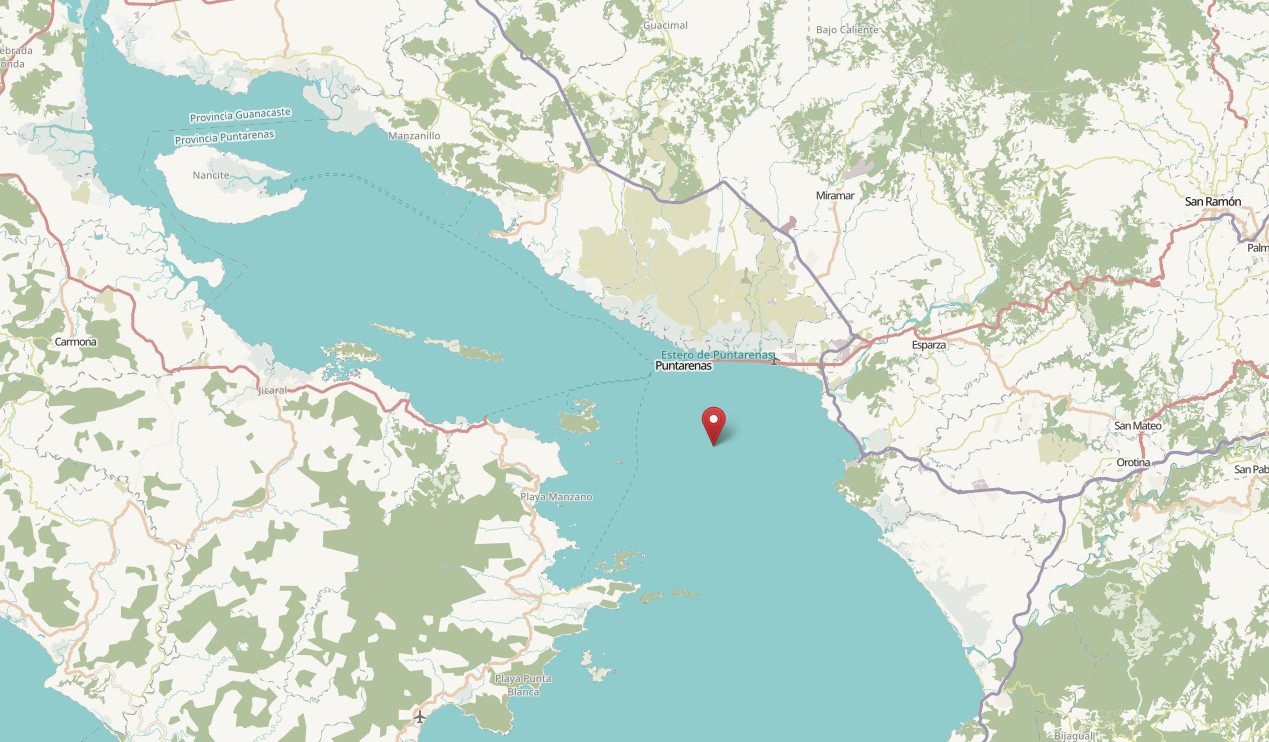
The Gulf of Nicoya is a breathtakingly beautiful body of water located on the Pacific Coast of Costa Rica. This stunning natural attraction is situated between the mainland and the Nicoya Peninsula and is a popular tourist destination in the country.
A diverse range of national parks and wildlife reserves surround the Gulf of Nicoya, making it a popular destination for nature lovers. One of the most notable national parks in the area is the Curu Wildlife Reserve, located on the southern tip of the Nicoya Peninsula. This reserve covers an area of 12 square kilometers and is home to a wide variety of wildlife, including monkeys, sloths, coatis, and exotic birds. Visitors to the reserve can explore its diverse range of ecosystems, including beaches, mangroves, and tropical dry forests, and participate in activities such as birdwatching, hiking, and snorkeling.
Another popular destination for nature lovers near the Gulf of Nicoya is the Cabo Blanco Absolute Nature Reserve. This reserve covers an area of 1,270 hectares and is located on the southern tip of the Nicoya Peninsula. It is home to a wide variety of wildlife, including howler monkeys, white-tailed deer, and a diverse range of bird species. Visitors to the reserve can explore its dense forests and pristine beaches, participate in guided hikes, and observe the diverse range of flora and fauna that call the reserve home.
The Palo Verde National Park is also a must-visit destination near the Gulf of Nicoya. This national park is located on the banks of the Tempisque River and covers an area of 45 square kilometers. It is home to one of the largest wetland ecosystems in Central America and is home to a diverse range of bird species, including the rare Jabiru stork. Visitors to the park can participate in activities such as birdwatching, hiking, and boat tours, and can observe the unique ecosystem that this park protects.
The Nicoya Peninsula is home to a diverse range of wildlife. Some of the most common animals found in the region include: Howler monkeys, White-faced capuchin monkeys, Coatis, Armadillos, Agoutis, Jaguars, Pumas, Ocelots, Collared peccaries (wild pigs), Scarlet macaws, Toucans, Sloths, Crocodiles, Sea turtles (Olive Ridley, Leatherback, and Hawksbill), Whales (humpback and pilot) and there are also many species of birds, reptiles, and amphibians that can be found in the Nicoya Peninsula.
The Gulf of Nicoya offers a wide range of activities for travelers of all interests. Visitors can enjoy a relaxing day at the beach, go fishing, or take a boat tour to explore the numerous islands that dot the gulf. There are a total of 23 islands in the gulf, each with its own unique character and attractions. Some of the most popular islands to visit include Isla Chira, Isla San Lucas, and Isla Caballo.
Isla Chira is the largest island in the Gulf of Nicoya and is known for its stunning beaches and tranquil atmosphere. The island is home to a small community of fishermen and farmers, and visitors can take a tour of the island to learn more about the local culture and way of life.
Isla San Lucas is a former prison island that is now a national park. Visitors can take a boat tour to the island to explore the ruins of the prison and learn about its history. The island is also home to several hiking trails and offers stunning views of the gulf.
Isla Caballo is a privately owned island that is home to a luxury resort. Visitors can stay at the resort and enjoy a range of activities, including kayaking, snorkeling, and beachcombing.
The Nicoya Peninsula is considered one of the five Blue Zones in the world, where people live longer and healthier lives. It is home to some of Costa Rica’s most beautiful beaches, such as Santa Teresa, Malpaís, Montezuma, and Samara. The Peninsula is a popular destination for surfers, with excellent waves and breaks, especially in Santa Teresa and Nosara. Besides its stunning natural beauty, the Nicoya Peninsula has a rich cultural history, with pre-Columbian indigenous settlements mixed with Spanish and indigenous cultures. Additionally, it hosts several traditional festivals and celebrations, such as the Day of the Ox-Cart Driver (Boyero) and the Nicoya Carnival.
The Gulf of Nicoya was discovered by the Spanish explorer Juan de Castañeda in 1522. The gulf was named after the indigenous people who lived in the area, the Nicoyans. The area was heavily influenced by Spanish colonization and the gulf became an important hub for trade and commerce.
Today, the Gulf of Nicoya is a popular tourist destination and is known for its stunning natural beauty, rich history, and vibrant culture. Visitors can explore the islands, enjoy a day at the beach, or simply take in the breathtaking views of the gulf from one of the many scenic viewpoints along the coast.
